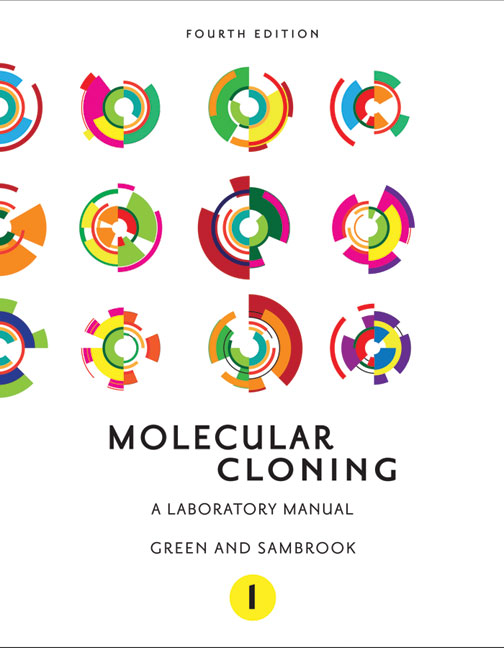Molecular Cloning A Laboratory Manual Sambrook Russell

The first two editions of this manual have been mainstays of molecular. Authors Joseph Sambrook and David Russell. Molecular Cloning: A Laboratory Manual. DOWNLOAD MOLECULAR CLONING A LABORATORY SAMBROOK RUSSELL molecular cloning a laboratory pdf Molecular cloning refers to the process of making multiple molecules.
Sambrook, J., and Russell, R.W.(2001). Molecular cloning: A laboratory manual, 3rd ed. Cold spring harbor laboratory press, cold spring harbor, N.Y.
The first two editions of this manual have been mainstays of molecular biology for nearly twenty years, with an unrivalled reputation for reliability, accuracy, and clarity. In this new edition, authors Joseph Sambrook and David Russell have completely updated the book, revising every protocol and adding a mass of new material, to broaden its scope and maintain its unbeatable value for studies in genetics, molecular cell biology, developmental biology, microbiology, neuroscience, and immunology. Handsomely redesigned and presented in new bindings of proven durability, this three–volume work is essential for everyone using today’s biomolecular techniques. The opening chapters describe essential techniques, some well–established, some new, that are used every day in the best laboratories for isolating, analyzing and cloning DNA molecules, both large and small.
These are followed by chapters on cDNA cloning and exon trapping, amplification of DNA, generation and use of nucleic acid probes, mutagenesis, and DNA sequencing. The concluding chapters deal with methods to screen expression libraries, express cloned genes in both prokaryotes and eukaryotic cells, analyze transcripts and proteins, and detect protein–protein interactions. The Appendix is a compendium of reagents, vectors, media, technical suppliers, kits, electronic resources and other essential information. As in earlier editions, this is the only manual that explains how to achieve success in cloning and provides a wealth of information about why techniques work, how they were first developed, and how they have evolved.
Article citations Sambrook, J. And Russell, D.W. (2001) Molecular cloning: a laboratory manual. Cold Spring Harbor Laboratory Press, New York. Has been cited by the following article:. TITLE: AUTHORS:, KEYWORDS: JOURNAL NAME:, December 30, 2010 ABSTRACT: An efficient and rapid Agrobacterium tumefaciens-mediated transformation protocol was developed to generate activation-tagged mutant lines with the aim of large-scale functional analysis of the potato genome. The explants were inoculated with an Agrobacterium strain harboring the binary plasmid pSKI074 containing four CaMV 35S enhancers in the T-DNA region which activates the downstream genes in the host plant after its integration.
It doesn't look very big. Is there a chance one could build such a thing? Generac megaforce 6500 manual. From the picture in the manual it must mount on the end bell along with the brushes and the DC rectifier.
Various parameters investigated to increase transformation efficiency were the type and age of explant, cultivar, hormone combinations, preculture of explants, period of co-cultivation with bacteria and concentration of bacterial cultures used for transformation. Stem explants from 5 week old plantlets of cv. Bintje which had undergone phytohormone pretreatment for 4 days, inoculation with diluted bacterial concentration of OD600 = 0.2 containing acetosyringone followed by 2 days of co-cultivation and selection in media with IAA and trans-zeatin all helped in greatly improving the transformation efficiency. The total time required from infection to rooted shoots was 6-7 weeks.
Molecular Cloning A Laboratory Manual Sambrook Russell
Initial evidence for stable integration and expression of the transgenes by PCR analysis showed that over 93% of the regenerated lines were transgenic and this was confirmed by Southern hybridization.